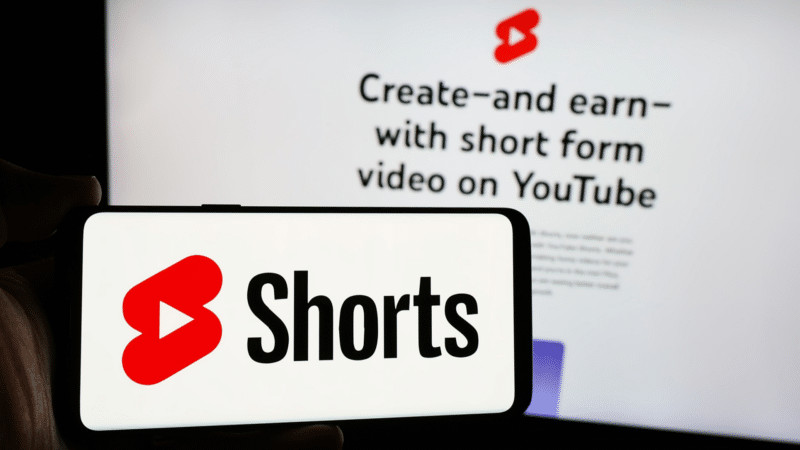
Google announced that its new video generation model, Veo 3, will be integrated into YouTube Shorts later this summer, allowing creators to generate short-form videos from simple text prompts.
Driving the news. YouTube CEO Neal Mohan unveiled the update, pitching AI as a tool that empowers creators to tell stories and build careers.
- The integration builds on Google’s earlier work with Dream Screen, but Veo 3 goes further — creating full videos with both visuals and sound from a few lines of text.
Why we care. This move could reshape how creators make content — democratizing video production, but also raising concerns about quality, originality, and the future of human-made Shorts. This opens up new creative possibilities for brands to produce targeted, engaging ads without needing extensive production resources.
However, as the platform becomes flooded with AI content, advertisers will need to carefully navigate this shift to ensure their campaigns stand out amidst potentially lower-quality videos.
Between the lines. While the tool lowers the barrier to entry for creators, some are skeptical of a Shorts feed increasingly populated by AI-generated content — which critics have dubbed “AI slop.”
- Concerns range from misinformation and lack of creativity to the risk of flooding the platform with deepfakes and low-quality clips.
- YouTube is working with CAA and creators to develop a likeness protection tool to safeguard public figures from unauthorized use of their image.
The creator dilemma. More than 25% of YouTube Partner Program creators earn money from Shorts. Veo 3 could put pressure on traditional creators, who may see their content buried by a wave of AI output — or leave the platform altogether.
What they’re saying. “The possibilities with AI are limitless,” Mohan said, calling Veo 3 a way for “anyone with a voice” to reach an audience and build a brand.
The bottom line. Google’s Veo 3 integration could be a turning point for Shorts — unlocking mass creativity through automation, but also forcing YouTube to walk a fine line between innovation and authenticity.

